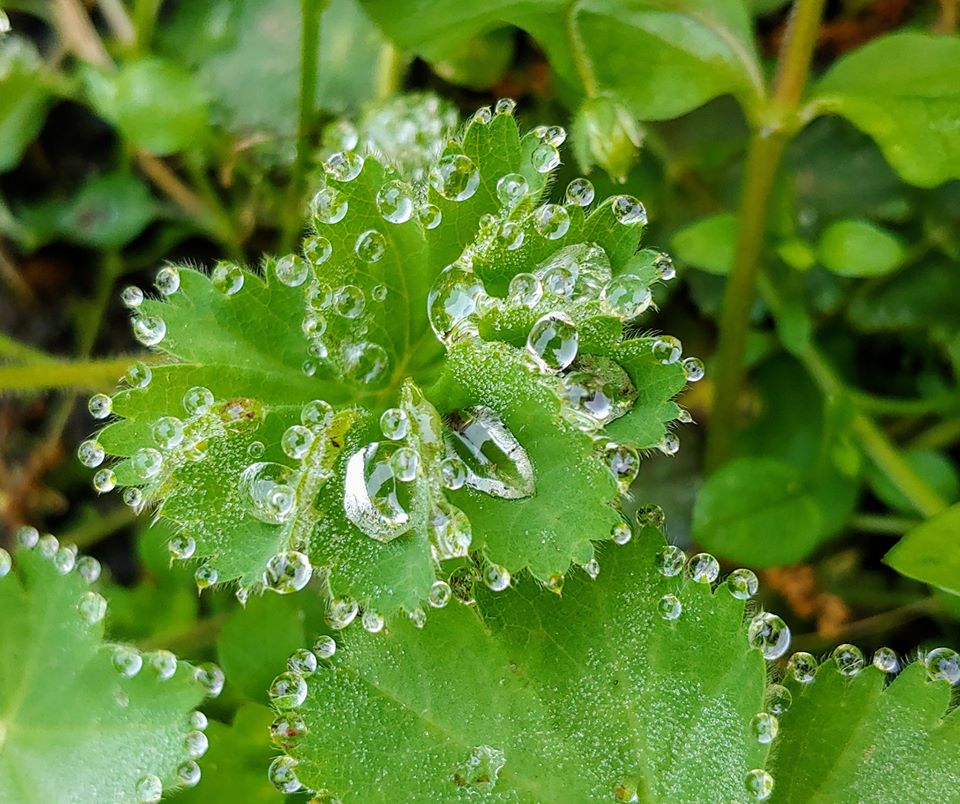Today is May Day.
On May Day, we dance,
On May Day, we sing,
For this is the day
That we welcome the Spring.
Anonymous
I wanted to share with you a short history lesson imbued with all things flowers and herbs – tying a celebration to the season.
In many European countries, May Day is celebrated.
Even though spring officially began in March, today is the day that celebrates the height of spring, a day of spring festivities and celebrations.
Like many of our modern holidays, May Day has its roots in ancient, pagan celebrations.
Beginning in the third century B.C. in Rome, the festival Floralia, for the goddess Flora, was held in the days around May Day, April 28th to May 3rd. Flora was a goddess of flowers and fertility, and the festival was held to please her so that she protected flowers and other blossoming plants. There was a circus and theater performances, there were prostitutes and naked dancers, and a sacrifice to the goddess. Deer and goats were let loose to symbolize fertility, and beans and lupines were scattered for the same reason. Romans usually wore white tunics, but during Floralia, they got to wear bright colors symbolizing the Spring flowers in the near days.
In the Celtic British Isles, May Day was celebrated as the festival of Beltane, or Bealtaine or Bealtuinn — Bel was the Celtic god of light, and taine or tuinne meant fire. It was the summer half of the year — a time when the sun set later, when the earth and animals were fertile. Beltane lasted from sundown the night before to sundown on the first of May. On the eve of Beltane, people lit bonfires to Bel to call back the sun. People jumped over the fires to purify themselves, and they blessed their animals by taking them between bonfires before leading them to their summer pastures the next day. It was a day to walk around the property lines and assess your land for the summer season, to mend fences. Women washed their faces with the spring dew (see photo of the Lady’s Mantle in May Day dew) so that they would stay beautiful, and there was dancing, tournaments, parades, feasting, and general revelry. There were lots of flowers — men walked around the fires with rowan branches to keep evil spirits at bay, and May trees, or Maypoles, were set up covered in rowan or hawthorn flowers as a blessing. People danced around the Maypole, seen to be a symbol to promote fertility, and villages would compete with each other to see who could produce the most beautiful maypole.
Many of these celebrations continued as late as the 17th century — the Puritans were not too pleased with the celebrations beckoning to fertility and all it represented. Therefore, maypoles were made illegal in 1644.It has never been a major holiday in America.
Excerpts taken from Garrison Keillor’s Daily Podcast, The Writer’s Almanac

